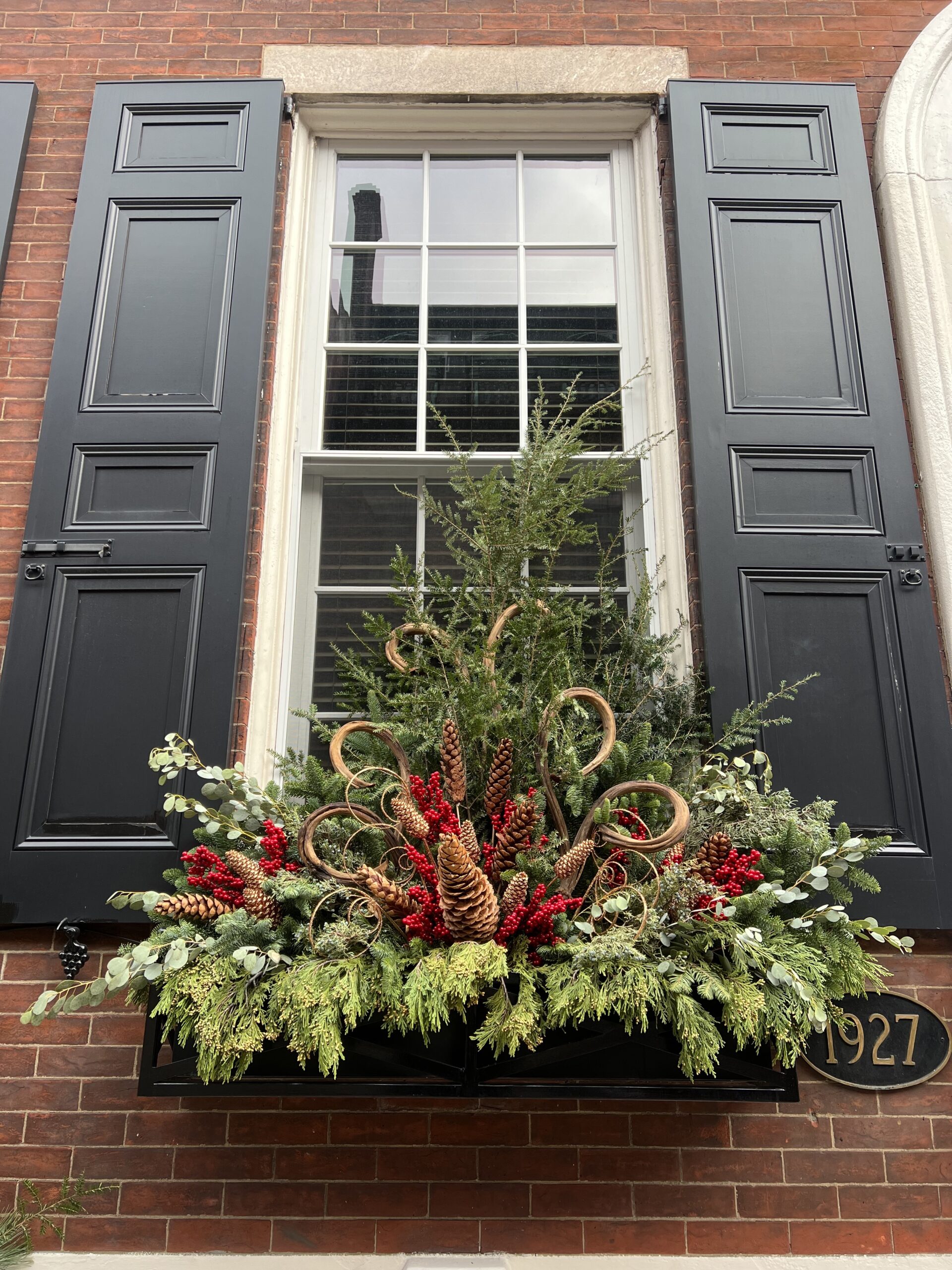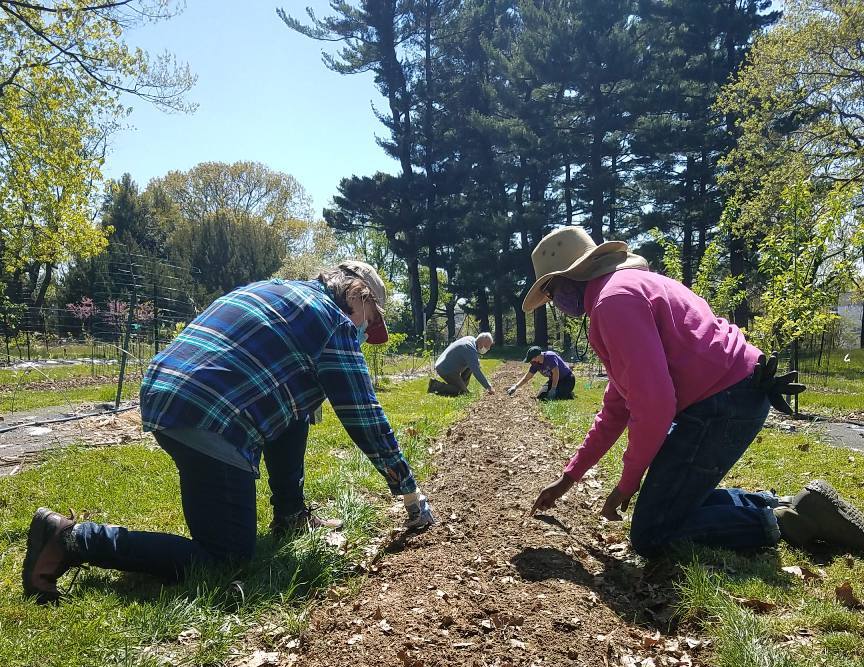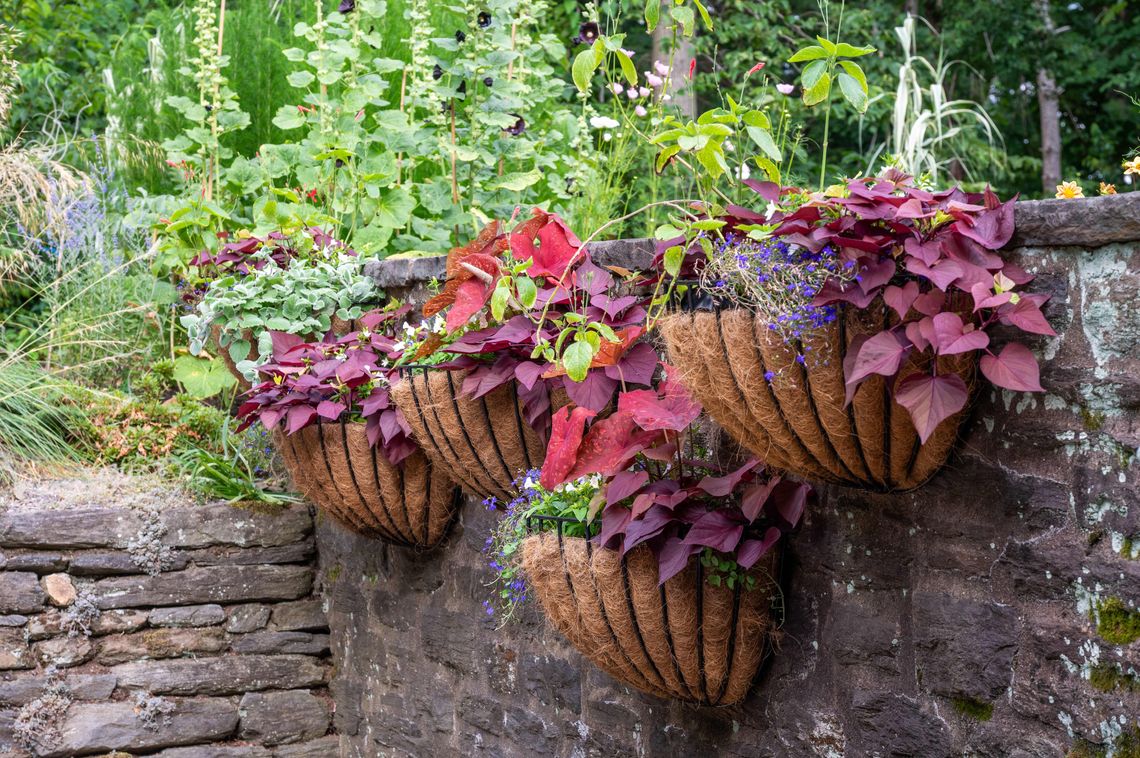gardening
How to Create a Pollinator-Friendly Garden in Philadelphia And Why It Matters Now More Than Ever
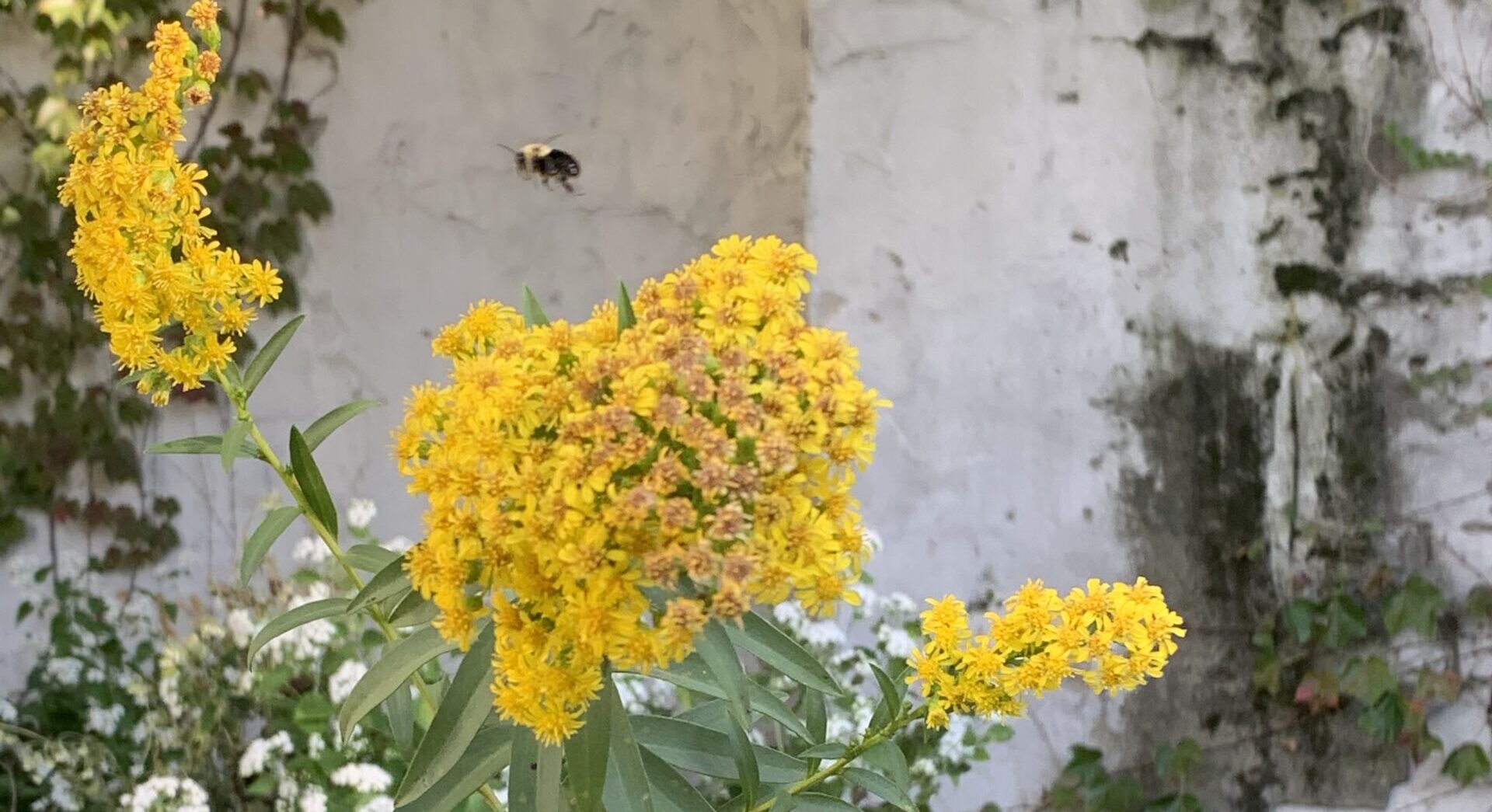
A bee spotted pollinating at the Emerald Street Wildflower Garden in East Kensington. Image: Stephanie Aviles
In a city like Philadelphia, where green space can be limited and urban development continues to expand, creating a pollinator-friendly garden is more than just a trend — it’s a vital act of environmental stewardship. Pollinators, including bees, butterflies, moths, and hummingbirds, are essential to healthy ecosystems. They’re responsible for pollinating more than 75% of flowering plants and over a third of the crops we eat. However, habitat loss, pesticide use, and climate change are putting these hardworking insects at risk. The good news? Whether you have a backyard, a balcony, or a few containers on your stoop, you can make a difference. By planting native species that attract and sustain pollinators, you’re helping to rebuild crucial ecosystems right in your neighborhood.
“Every home gardener can do their part to increase pollinating insects, moths, and butterflies in the greater Philadelphia area by planting native pollinator plants,” said Andrew Bunting, VP of Horticulture at PHS. “Increasing the number of native pollinators contributes to greater biodiversity. In addition to being great plants for pollinators, they are all very ornamental plants as well.”
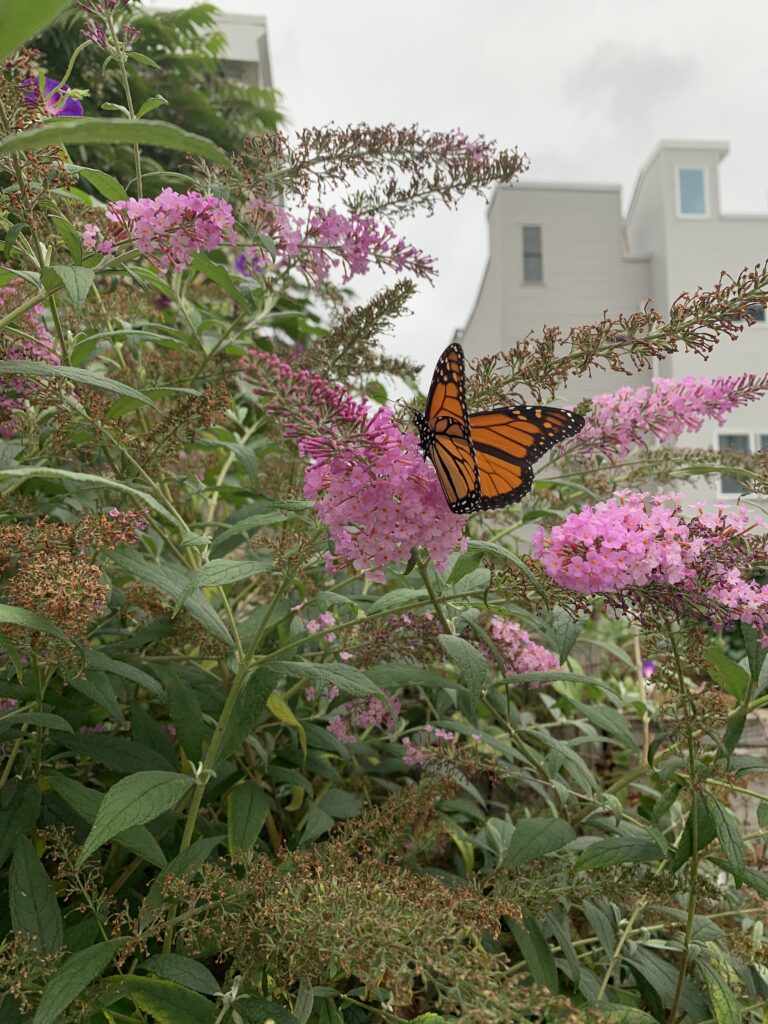
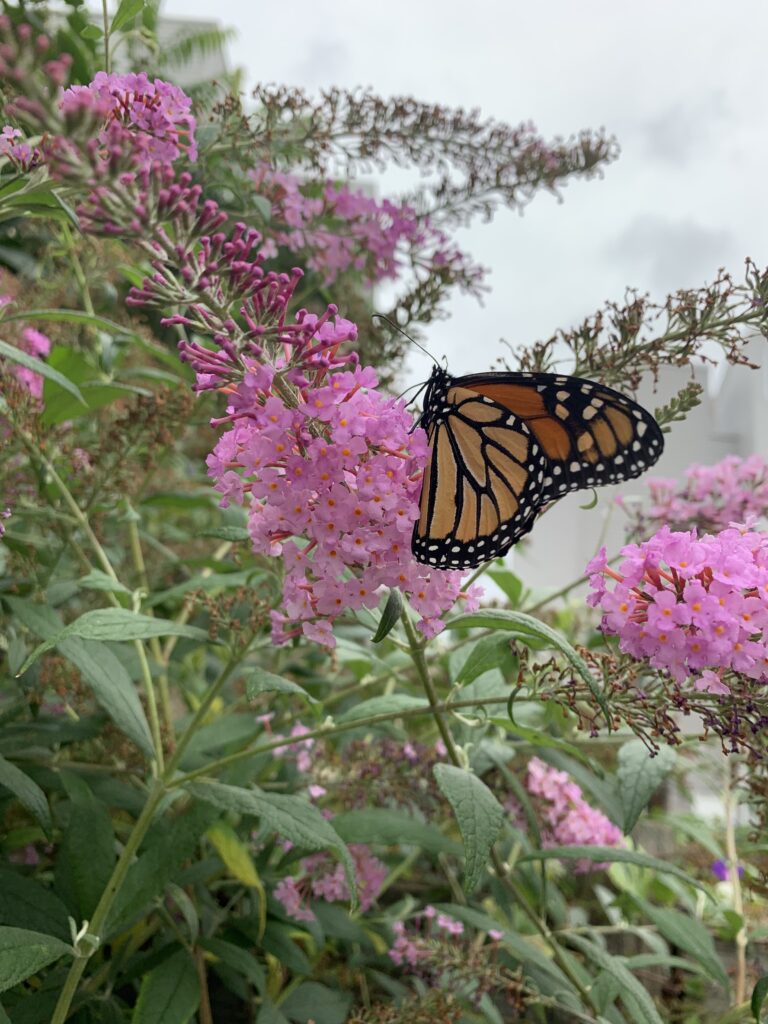
If you are new to pollinator plants and are overwhelmed by the choices, bring your questions (and small potted plants you wish to swap) to the PHS Pop UP Plant Swaps. Bring plants, plant cuttings, or any garden-related items (i.e., books, tools, vegetables from your garden, etc.), meet fellow garden enthusiasts, and go home as a new plant parent! They also offer lite bites, beer, and cocktails for sale which you can enjoy while swapping your plants and plant-related items.
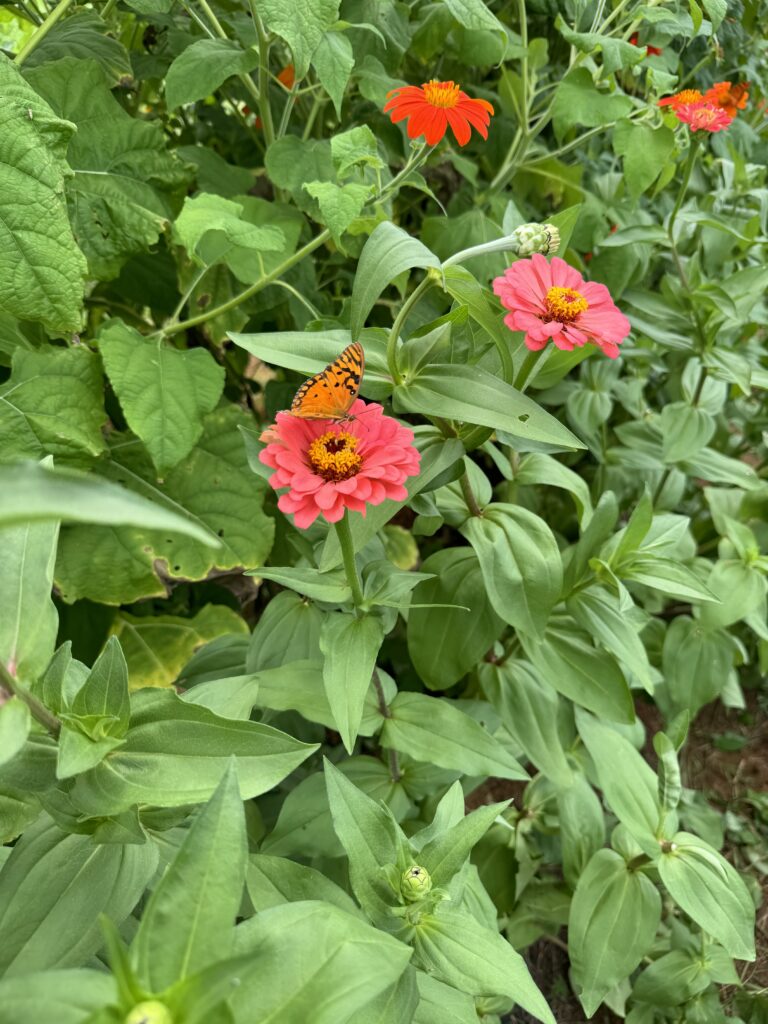
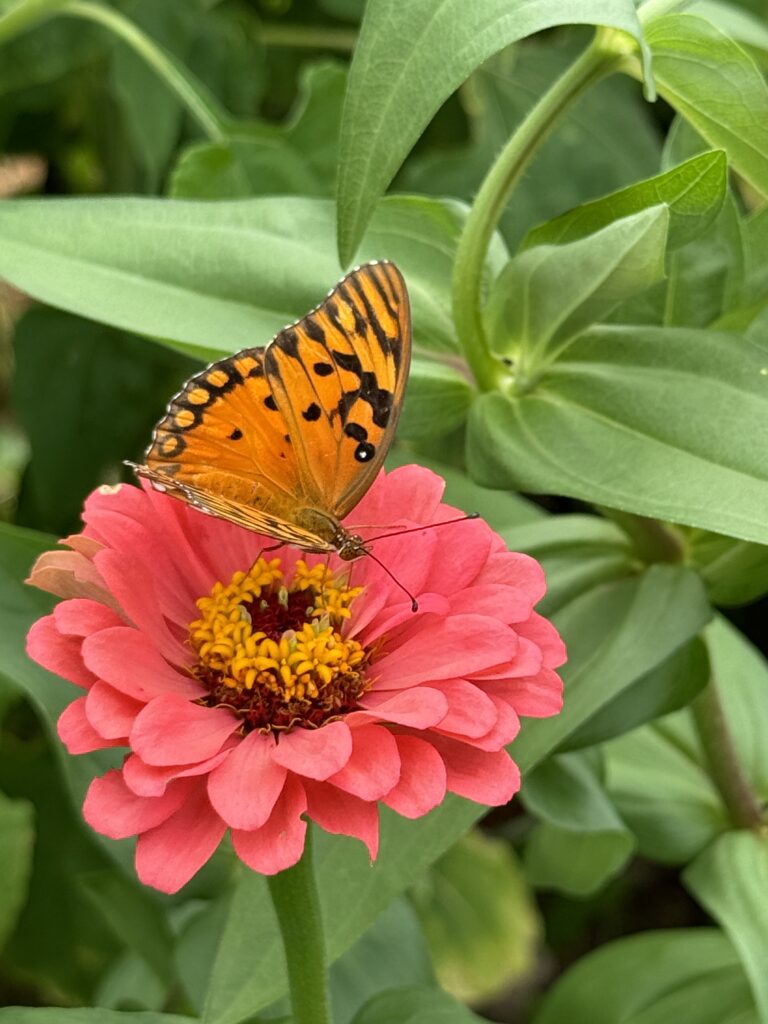
Solo Real Estate is proud to sponsor these free events and is giving away complimentary pollinator mix seed packets at the swaps! This curated blend of annual flowers is designed to attract honeybees, bumblebees, and other native bees. Healthy, well-fed pollinators are more resilient to disease and parasites, so planting this mix helps boost local bee populations while adding color to your space.
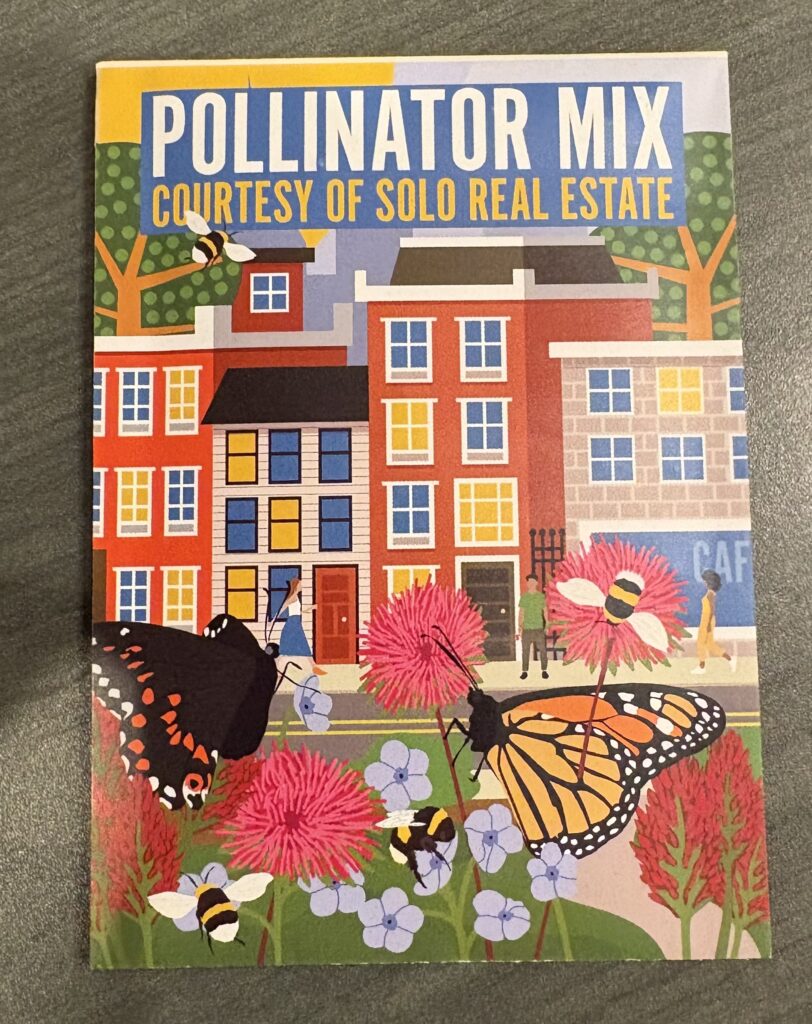
Photo: Deborah Solo.
Our Pollinator Seed mix for this year includes: Forget-Me-Not, Siberian Wallflower, Purple Coneflower, China Aster, Corn Poppy, Lance-Leaved Coreopsis, Blue Flax, Baby Blue Eyes, Indian Blanket, Globe Gilia, Tidy Tips, Coreopsis, Alyssum, Lavender, Daisy, Aster, White Rockcress, and Bergamot.
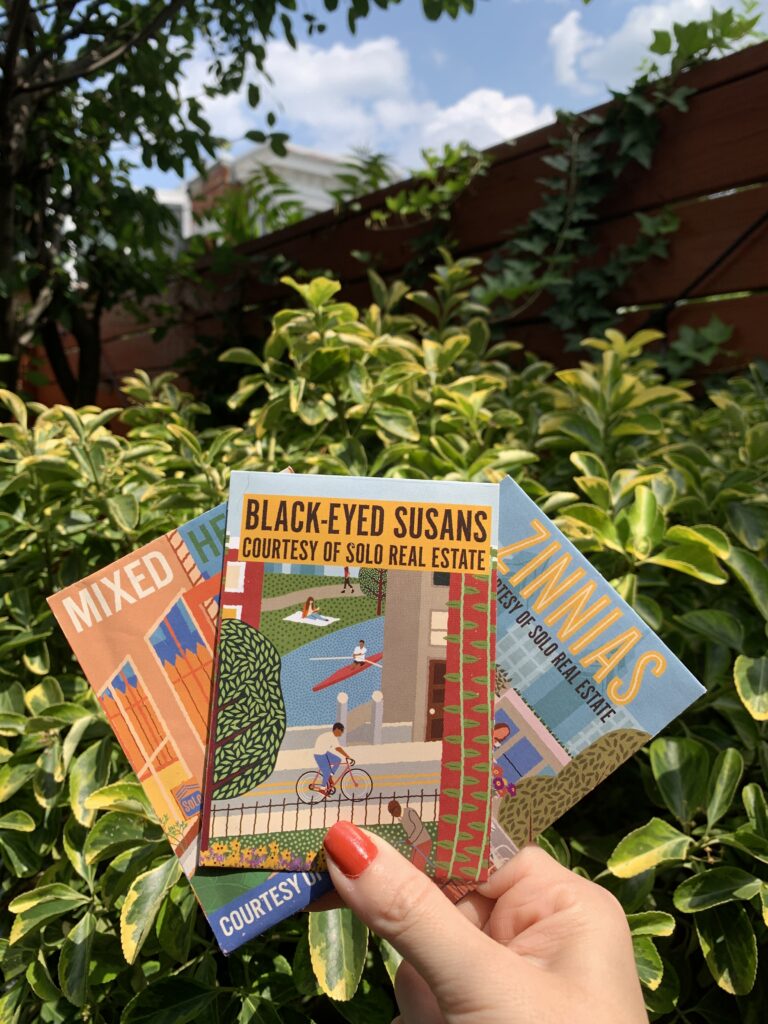
Want an extra incentive? If you pre-register for a swap event, you’ll automatically be entered to win a special plant, courtesy of Solo Real Estate. Winners will be announced at the start of the event.
Butterfly and Bee Gardens: What to Plant in a Philadelphia Pollinator Garden
Not sure where to start? Here is a deeper look at five native pollinator plants Bunting recommends for urban gardens in Philadelphia:
Little Redhead, Spigelia Marilandica, is a very versatile perennial that grows naturally in either sun or shade and is a good choice for container gardening. Its dark red tubular flowers with yellow interiors are produced on top of an upright clump of dark green, wedge-shaped leaves. It requires good drainage to thrive,
Butterfly Milkweed, Asclepias tuberosa, not to be confused with Butterfly Bush, gets it name from the brightly colored butterflies that are attracted to its orange flowers. This showy plant is frequently grown from seed in home gardens. Fact: It’s root was chewed by indigenous communities as a cure for pleurisy and other pulmonary ailments. As a result, Butterfly Weed was given its other common name, Pleurisy Root. This colorful plant requires sun and prefers dry, sandy soil. It can be grown from seeds and attracts butterflies and hummingbirds.
Mountain Mint, Pycnanthemum muticum, exudes a mild minty aroma which attracts butterflies, bees, moths, etc. In the spring and early summer, its flowers are white, but from mid to late summer, the foliage is adorned by clusters of small pinkish white flowers. This perennial likes full to partial sun, medium dry soil, and grows to be 3 feet in height. It blooms from July to September. Mountain mint plant leaves were once used to make mild teas. Native Americans brewed the leaves for treating colds, fevers, and stomach aches.
Pale Coneflower, Ecninacea pallida,this butterfly magnet has pale purple flowers that grow on a stalk that can reach 2-4 feet in height. So keep this beauty in mind for your yard or community garden and not a window box. It blooms in early summer and should be planted in well-drained soil in full to partial sunlight. Most Coneflowers dislike soil that is kept excessively moist or has poor drainage. In the past, Purple Coneflowers were used as medicinal plants by the Native Americans. There is still a market for the roots, which are used to make herbal medicines and tonics.
Rattlesnake Maste, Eryngium yuccifolium. A member of the parsley family, this plant matures to a height of 4 feet with thistle-like, ball-shaped flower heads on stiff stems, which make an interesting contrast to your other pollinator plants. It likes full sun and dry soil. (i.e,. a beach house garden in Jersey.) Don’t expect bloom until July.
Other local favorites? Phlox, with its showy clusters of white, blue, purple, and pink flowers, and the ever-popular Black-Eyed Susan, known for its cheery yellow-gold petals, which we’ve also given away at previous plant swaps.
Whether you’re planting in containers, a backyard, or a shared community garden, you’ll find a wide selection of pollinator plants at local nurseries. These shops are also great resources for advice on soil, sunlight, and watering.
Happy planting and happy pollinating!





